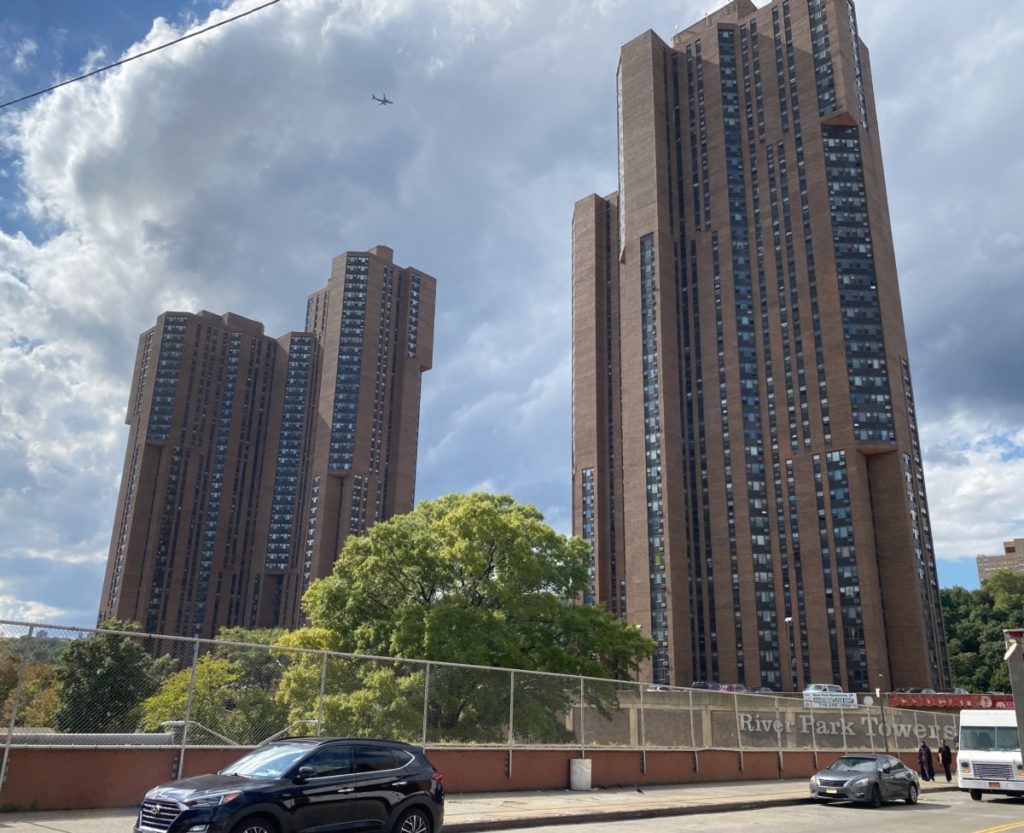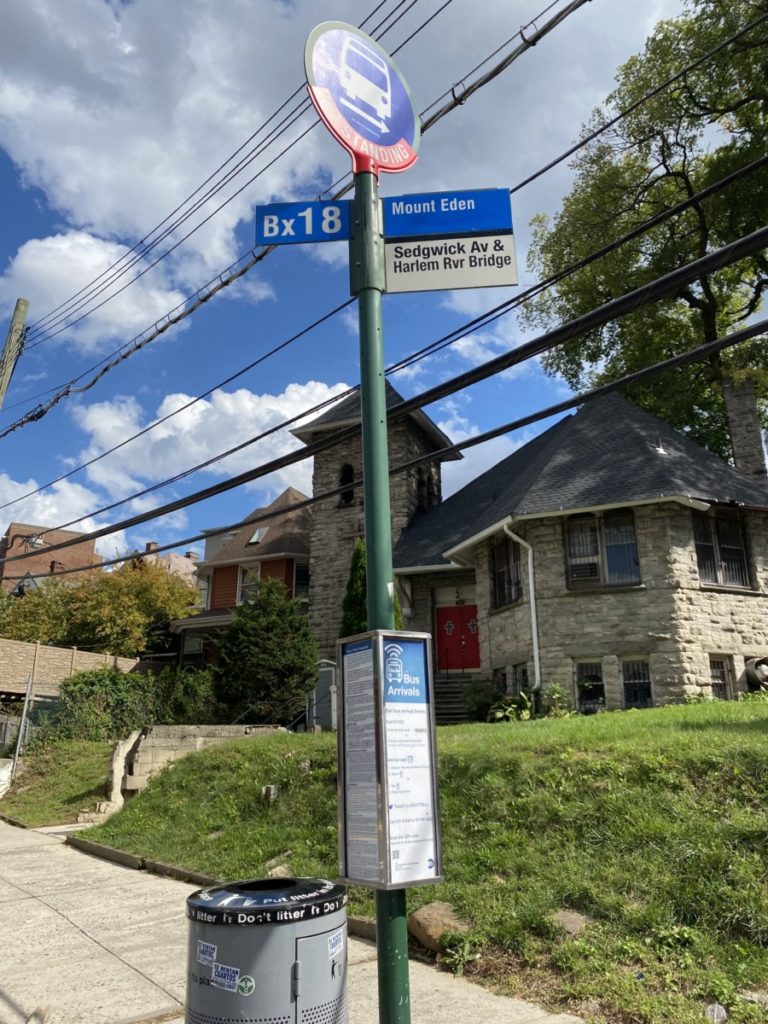
River Park Towers, a housing complex located in Morris Heights in the West Bronx, is home to more than 1,500 rental units. About 7 miles from Manhattan, the dual building complex is sandwiched between the Harlem River and the Major Deegan Expressway, with little else around it. Residents of the 428ft tall buildings have relative access to one grocery store, one school and one subway station.
“You have to leave an hour and a half, maybe two, early to get to where you got to go,” said Shandia Vasquez, who has lived in the area for six years.
The nearest subway station is 176th street, almost a mile’s walk from the towers. Though the Metro-North railroad station is nearby and ridership is on a general upwards trend, numbers are still only at 44% of pre-pandemic levels. The community is also located on a steep incline, and so the bus system has become a crucial alternative for residents’ commutes.
There are three main routes that run through the community—the Bx18, Bx40 and Bx4. They are scheduled to arrive every 15-20 minutes during weekdays. But the demand on these routes within the Morris Heights neighborhood is high which has made relying on the service a challenge for some residents.
According to New York City Transit Data, the Bx40/42 had a ridership of 10,399 on an average weekday in 2021, making it one of the more populous routes in the Bronx.
“It will tell you some time and then the bus that comes is not in service” said Charleilys Vierea, a student at Lehman College. “Even if you come early or late to the stop, it’s still passing.”

Limited access to public transport is not a new issue for the occupants of the towers. A 2014 report from the New York City Department of Planning called the area “an isolated community”, citing the Metro-North rail corridor and the Major Deegan expressway as contributing factors, as they separate the community from the upland region. The report noted an ‘island effect’ between the community and the rest of the Morris Heights, an issue which persists today.
“The MTA is one of the best public transportation systems in the world,” said Tyreke Israel said, Deputy Chief of Staff for City Council District 16. “And that’s a horrible statement to say”.
The community is a “transit desert,” he said.
In the West Bronx, near River Park Towers, the MTA recently created new bus schedules and changed routes which were implemented this June in an effort to improve the reliability, speed and frequency of the service.
“The redesign plan included a robust consultation process that incorporated the comments of elected officials, community organizations and riders,” MTA spokesperson Kayla Shuts said in an email.
Despite these changes, residents in the neighborhood say they continue to face problems on their commutes.
Vasquez said her son, who relies on the bus service to get to school, has to wake up two hours before the school day begins, and still sometimes arrives late.
Thinking about the months ahead, Vierea is worried about overcrowding on public transportation.
“More people are gonna be on the buses and then it’s gonna become packed,” she said. “I’ll have to wait for the next one and the next one.”
She is not alone. As the city moves towards colder months, temperature drops are cause for concern as commuters wait outdoors for public transportation.
Israel highlighted how difficult it is to overcome long-standing problems for the River Park Towers community. “It’s been this way for years,” he said. “Transportation deserts are a generational thing.”





